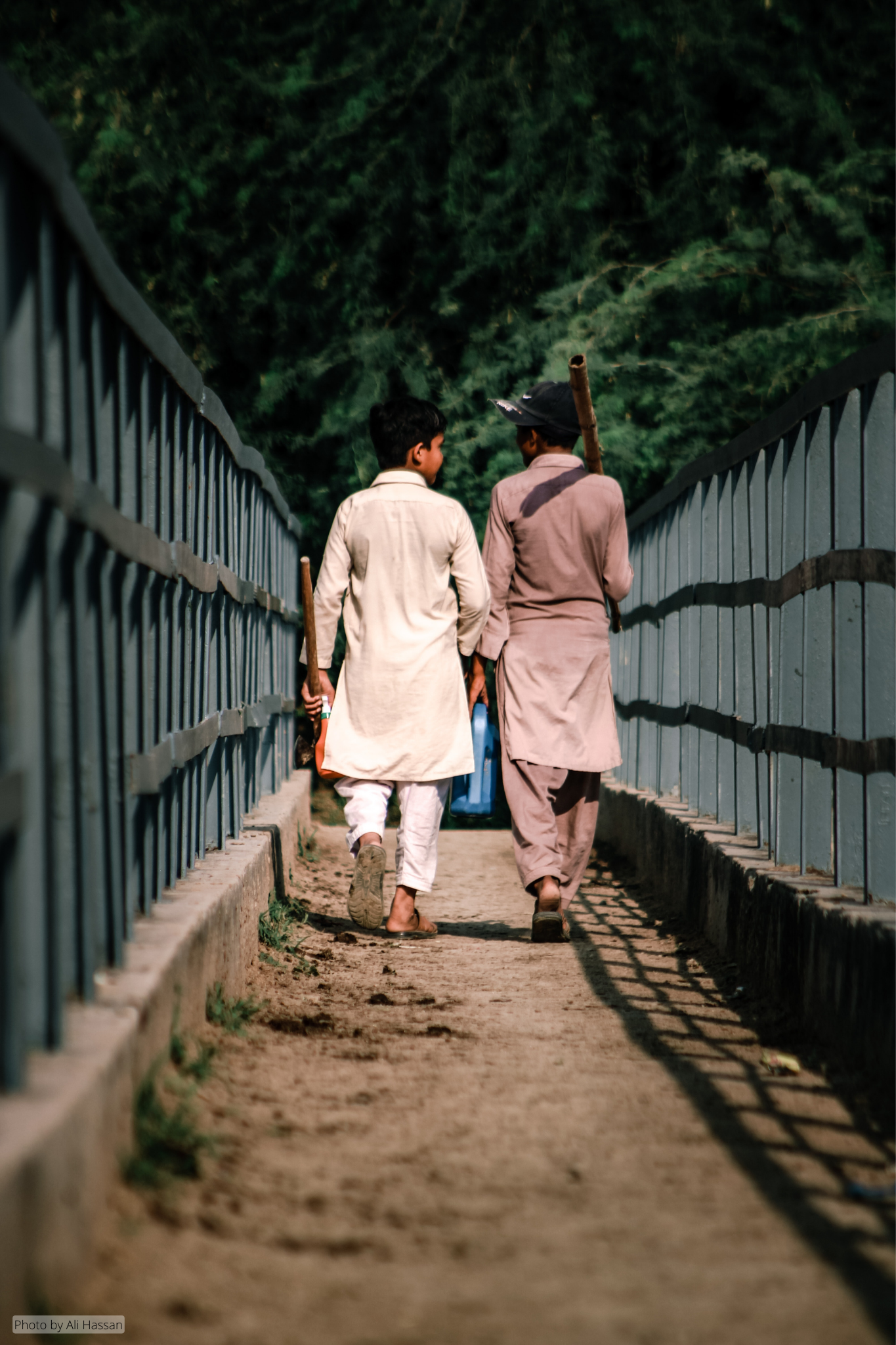However, the celebrations may be quite different for almost 25% of the population currently living in poverty [1].
Studies have shown that economic factors such as poverty and inaccessible education can increase children’s vulnerability to sexual exploitation and abuse. In Pakistan, this is often the case for boys, with an estimated 18% of boys of primary school age not enrolled in primary education, and 57% of boys of secondary school age not enrolled in upper secondary education [2].
ECPAT’s latest Global Boys Initiative study on Pakistan with PAHCHAAN aimed to shed light on this issue through extensive research and surveys with frontline support workers.

This can take place in high-risk and exploitative environments such as mines or factories, where they may be subjected to sexual exploitation and abuse.
While boys enjoy more freedom of movement than girls in Pakistan, they are subjected to harmful social and gender norms that not only put them at risk of sexual exploitation, but also prevents them from seeking help.
Our report highlights an urgent need for governments and communities to challenge and reframe gender norms, and to develop gender sensitive and trauma-informed prevention, protection and support initiatives.
Boys in Pakistan and around the world deserve a safe childhood free from sexual exploitation and abuse.
To learn more about the situation in Pakistan, click here to read the full report.
Alternatively, click here to read a summary.


At the 2016 Global Survivors Forum organised by ECPAT International, male survivor-advocates of sexual exploitation explained that services for boys were extremely rare, and even where services may include boys in their work, there is limited focus on addressing the specific characteristics, experiences and supports required by boys.
As the programmatic responses to identify and meet the particular needs of boys are scarce, ECPAT International launched the Global Initiative to explore the sexual exploitation of boys which activates our global network of member organisations in a range of research and response activities.
To meet the initial challenge of such limited data, the Global Boys Initiative embarked on a series of research projects in countries around the world, to shed light on understanding the scale and scope of sexual exploitation that takes place involving boys, how they came into these vulnerable situations, and what their needs are in terms of prevention, protection, and services.